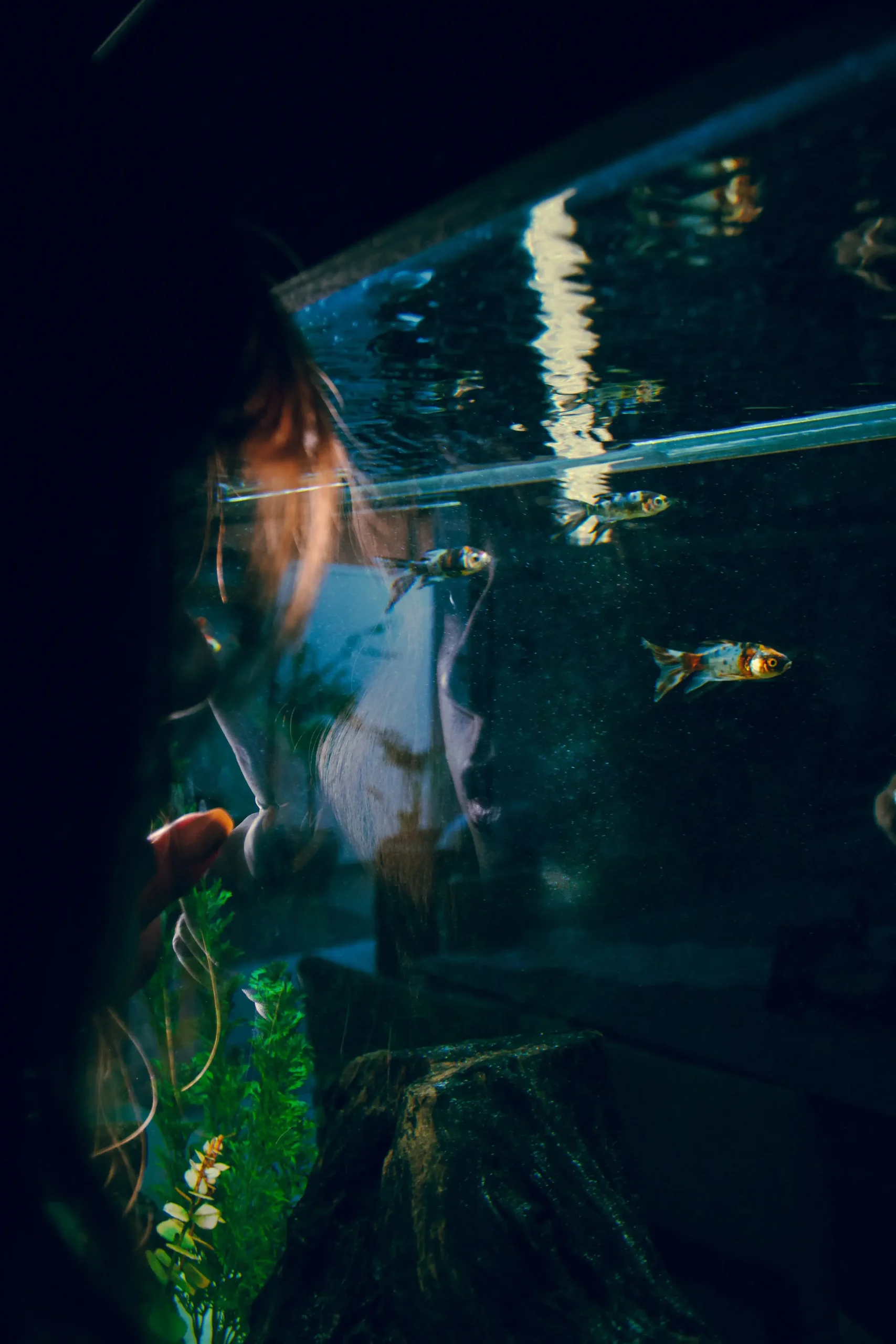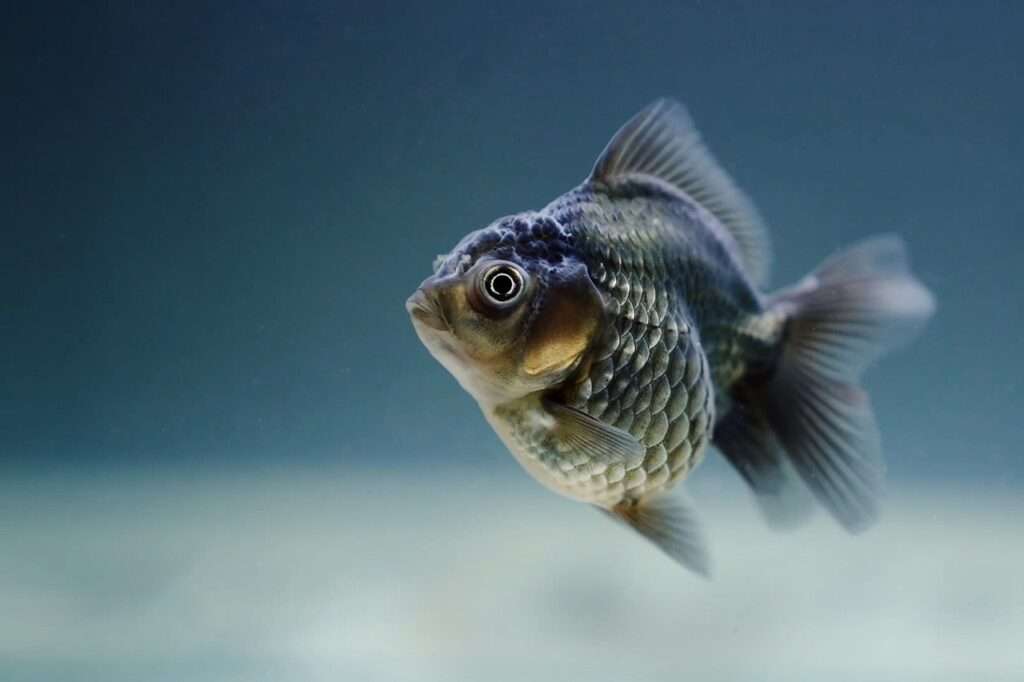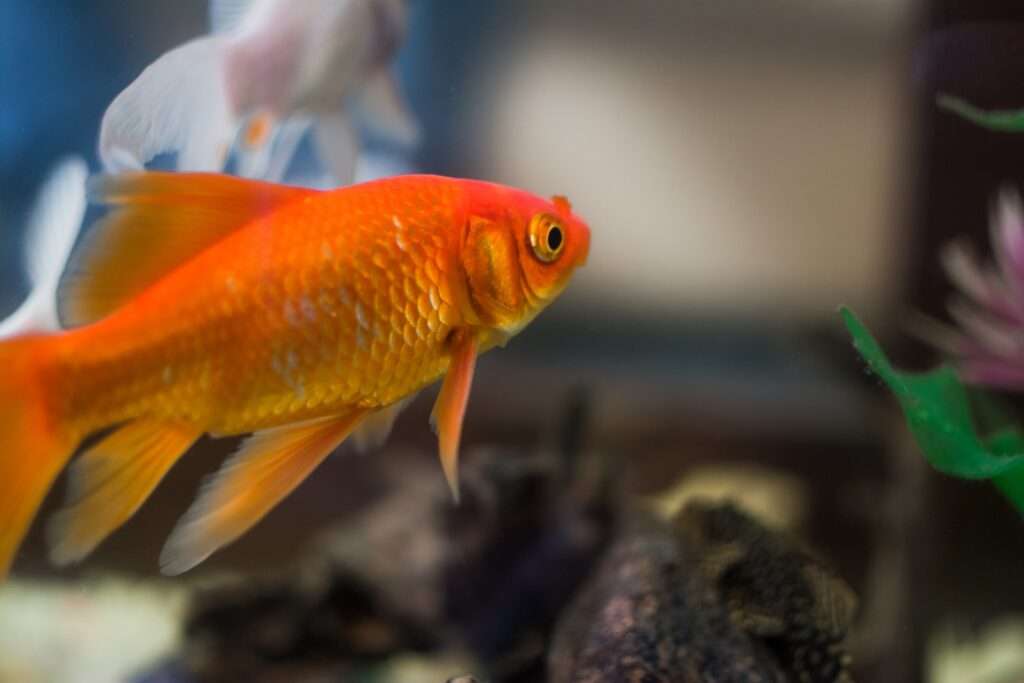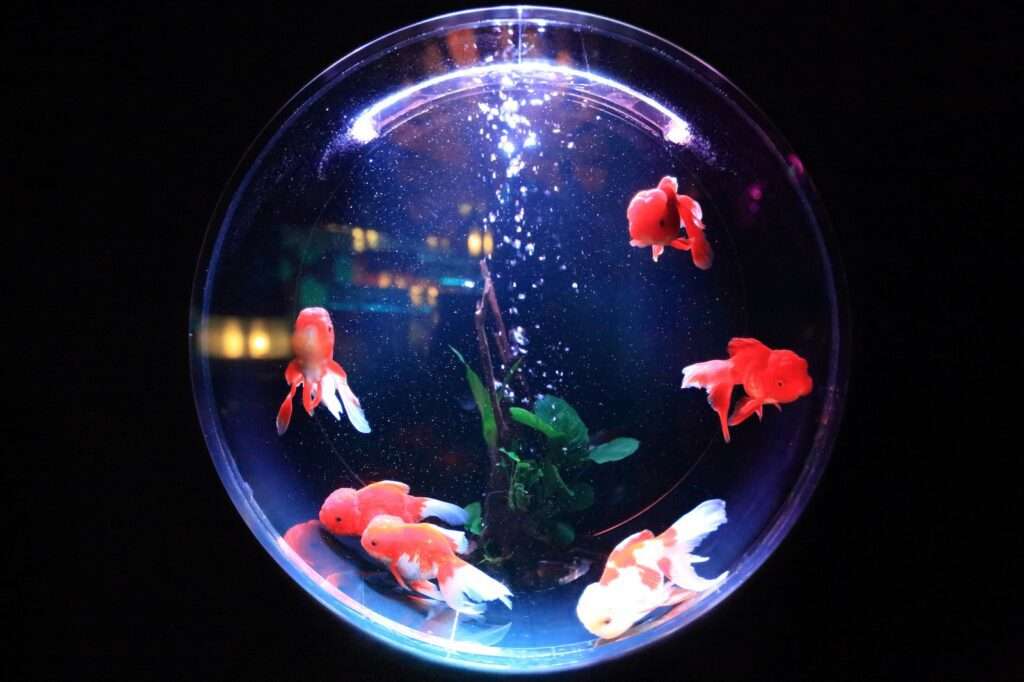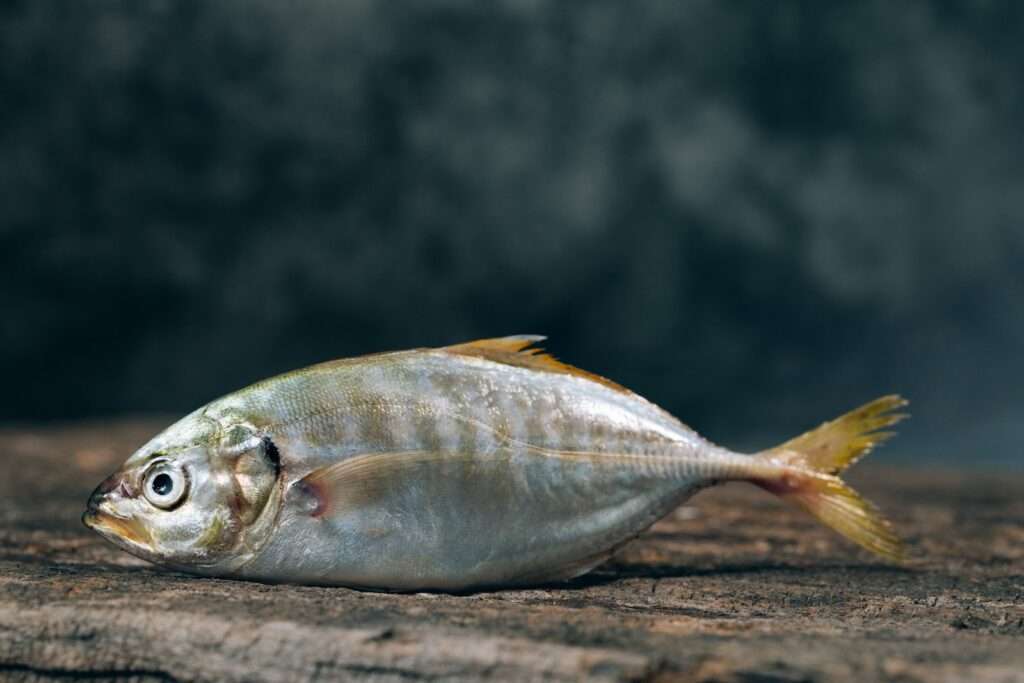Understanding and Treating Fish Tail Rot in Your Aquarium
Introduction:
Fish tail rot, also known as fin rot, is a common condition among aquarium fish that can be caused by various factors. It is essential for fish owners to understand the causes, symptoms, and effective treatments of tail rot to ensure the well-being of their aquatic pets. In this article, we will delve into the details of fish tail rot and provide useful information on how to prevent and treat this condition.
I. Understanding Fish Tail Rot
A. Definition and Causes
Fish tail rot, or fin rot, is a bacterial infection that affects the fins and tail of aquarium fish. It is primarily caused by poor water conditions, such as high levels of ammonia, nitrite, or nitrate, which can weaken the fish’s immune system and make them more susceptible to infections. Other factors that can contribute to tail rot include poor nutrition, stress, and physical injuries.
B. Common Fish Species Prone to Tail Rot
While tail rot can affect any aquarium fish, certain species are more prone to this condition. Betta fish, goldfish, and guppies are among the most commonly affected species. Their long, flowing fins make them more susceptible to fin rot.
C. How Tail Rot Spreads in an Aquarium
Tail rot can spread quickly in an aquarium if not addressed promptly. Bacteria responsible for fin rot can be present in the tank water or introduced through infected fish or contaminated equipment. The infection can spread from one fish to another through direct contact or by contaminated water.
II. Recognizing Symptoms of Fish Tail Rot
A. Physical Signs to Look Out For
One of the first visible signs of tail rot is fraying or shredding of the fish’s fins or tail. The affected areas may appear ragged, discolored, and tattered. In severe cases, the fins may develop holes or completely disintegrate. If left untreated, the infection can progress to the body, causing more serious health issues.
B. Behavioral Changes in Infected Fish
Infected fish may exhibit behavioral changes such as decreased activity, loss of appetite, and lethargy. They may also show signs of discomfort or stress, such as rubbing against tank decor or repeatedly darting around the aquarium.
III. Preventing Fish Tail Rot
A. Proper Tank Setup and Maintenance
Maintaining a clean and properly set up aquarium is crucial in preventing tail rot. Ensure that the tank is the appropriate size for the fish species, adequately filtered, and has a suitable substrate and decor. Regular water changes and tank cleanings are essential to remove excess waste and maintain optimal water conditions.
B. Maintaining Optimal Water Conditions
Regularly test the water parameters to ensure they are within the appropriate range for your fish species. Ammonia, nitrite, and nitrate levels should be kept at safe levels. Avoid overfeeding your fish, as uneaten food can contribute to poor water quality.
C. Providing a Balanced Diet
A nutritious and balanced diet is essential for maintaining the overall health of your fish. Feed them high-quality fish food that meets their nutritional requirements. Including foods rich in vitamins and minerals can help boost their immune system, making them less susceptible to infections.
D. Quarantine New Fish
Before introducing new fish to your aquarium, it is advisable to quarantine them for a few weeks. This will help prevent the spread of any potential infections or diseases to your existing fish.
IV. Treating Fish Tail Rot
A. Isolating Infected Fish
If you notice signs of tail rot in one of your fish, it is crucial to isolate the infected fish in a separate tank or container. This will prevent the spread of the infection to other healthy fish.
B. Improving Water Quality
Addressing the underlying cause of tail rot requires improving water quality. Perform a partial water change to reduce the levels of ammonia, nitrite, and nitrate. Vacuum the substrate to remove any accumulated waste or debris.
C. Administering Medications
There are several medications available specifically designed to treat bacterial infections in fish, including tail rot. Follow the instructions provided by the manufacturer and consult with a veterinarian or fish health specialist if necessary.
D. Promoting Healing and Regrowth of Fins
To aid in the healing process and promote fin regrowth, you can add aquarium salt or a commercial fin rot treatment to the water. These treatments help reduce inflammation and provide a conducive environment for the fish’s fins to heal.
V. Frequently Asked Questions (FAQs)
A. Can fish tail rot be fatal?
While tail rot can be a serious condition, it is usually not fatal if treated promptly. However, if left untreated, the infection can spread to the fish’s body and lead to more severe health issues.
B. How long does it take for fins to regrow?
The time it takes for fins to regrow varies depending on the severity of the infection and the fish’s overall health. In milder cases, fins can regrow within a few weeks to a couple of months.
C. Can tail rot spread to other fish?
Yes, tail rot can spread to other fish in the aquarium through direct contact or contaminated water. It is essential to isolate infected fish to prevent the spread of the infection.
D. Is it possible to prevent fish tail rot altogether?
While it may not be possible to prevent tail rot altogether, maintaining optimal water conditions, providing a balanced diet, and practicing proper aquarium hygiene can significantly reduce the risk of infection.
E. Are there any natural remedies for treating tail rot?
While natural remedies like aquarium salt or Indian almond leaves may help in the healing process, they may not be sufficient on their own. It is advisable to use commercial medications specifically formulated to treat bacterial infections in fish.
Conclusion:
By understanding the causes, symptoms, and treatment options for fish tail rot, aquarium enthusiasts can take proactive measures to prevent and address this condition. Remember, maintaining a clean and healthy environment for your fish is crucial for their overall well-being. Regular monitoring, proper care, and prompt action can help ensure that your aquarium remains a safe and thriving habitat for your finned friends.
Note: Tail rot can sometimes be a symptom of an underlying disease or poor water quality. If the condition persists or worsens despite appropriate treatment, it is advisable to consult a veterinarian or a fish health specialist for further assistance.


